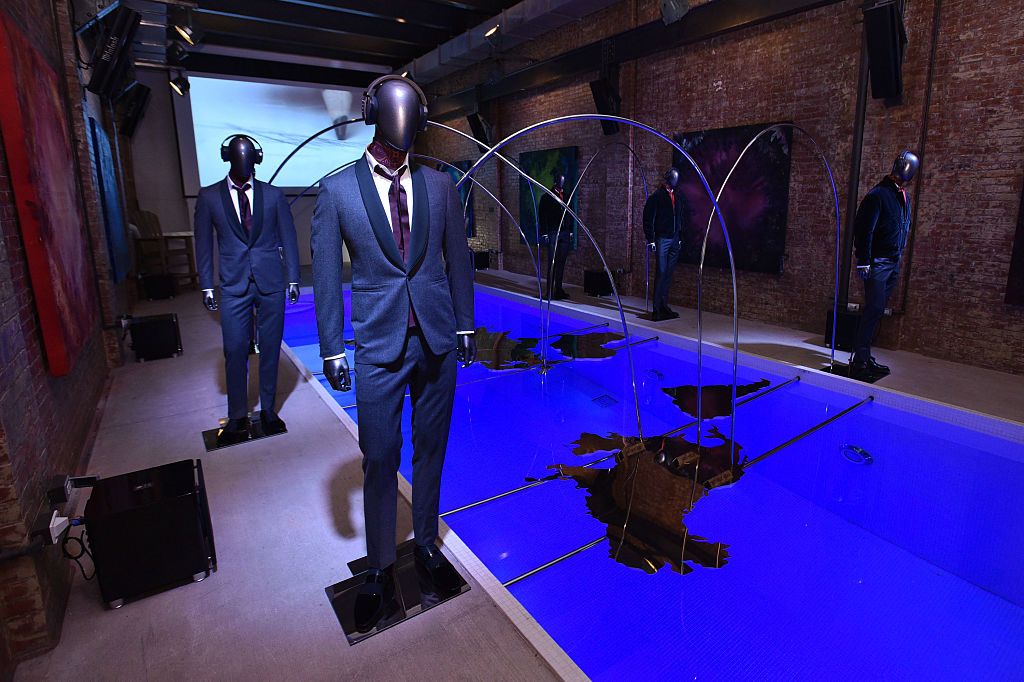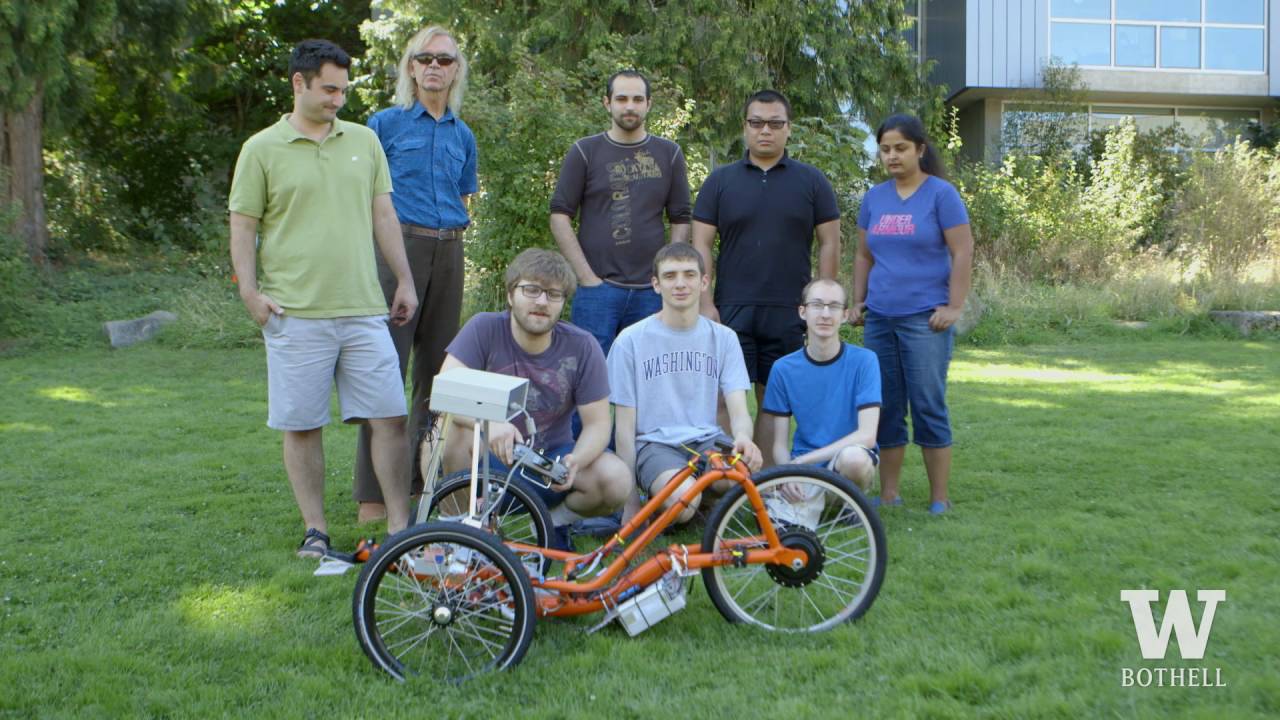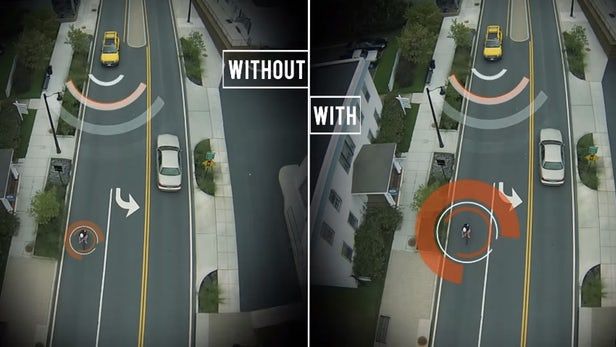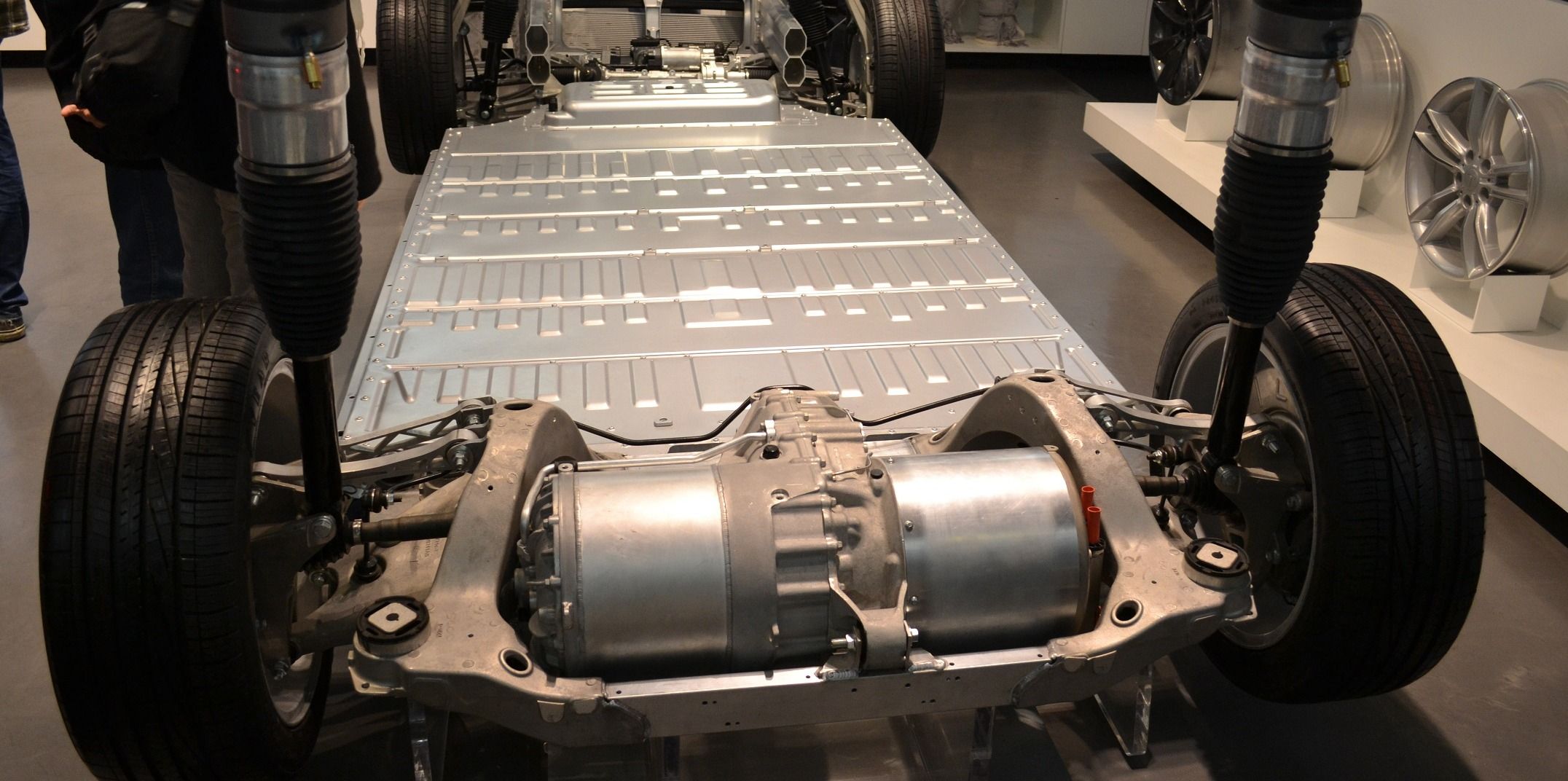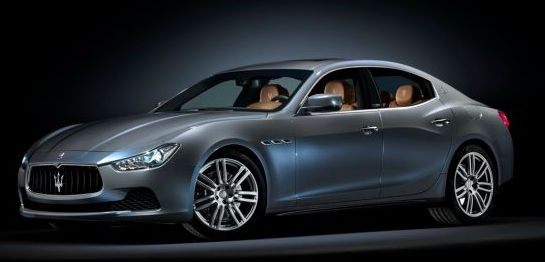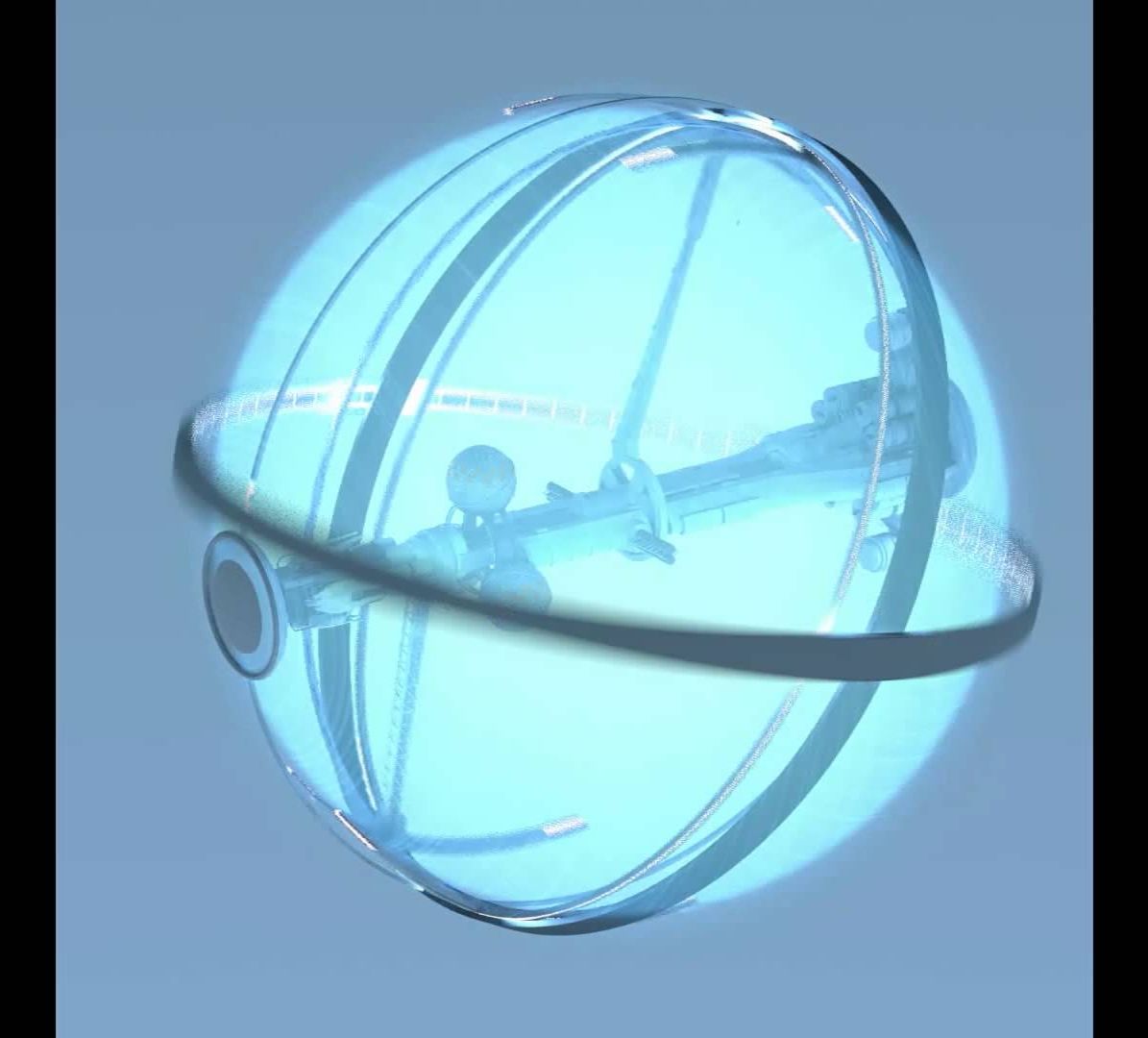Oct 18, 2016
Watch: Robotic Copilot Demonstrated By Aurora Flight Sciences
Posted by Karen Hurst in categories: robotics/AI, transportation
Aurora Flight Sciences is flying a Cessna Caravan fitted with a robotic copilot as it completes work under Phase 2 of a DARPA program to demonstrate automation that could reduce the crew required to fly existing aircraft.
Under DARPA’s Alias (Aircrew Labor In-cockpit Automation System) program, Aurora has also demonstrated its technical approach on a Diamond DA42 piston twin and is installing the system in a Bell UH-1 helicopter.
Continue reading “Watch: Robotic Copilot Demonstrated By Aurora Flight Sciences” »

